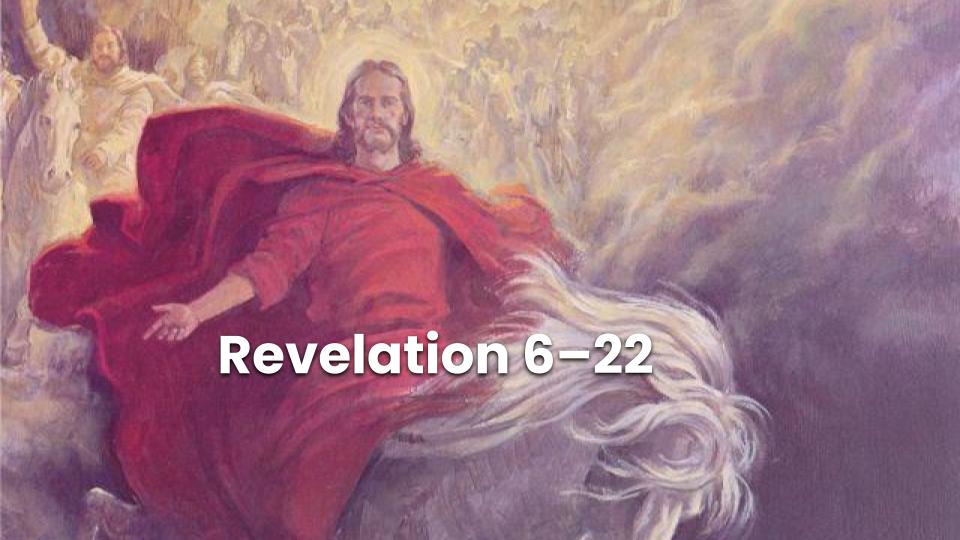If you’d like to receive weekly emails with my new Come Follow Me Videos and also get a free chapter from Considering the Cross: How Calvary Connects Us with Christ, sign up here.
The unnamed anointing woman in Mark 14 is one of my scriptural heroines.
It was only two days before the Passover and the chief priests were plotting how they could kill the Savior. That evening, Jesus was in Bethany, near Jerusalem, at a dinner. We read, “There came a woman having an alabaster box of ointment of spikenard very precious; and she brake the box, and poured it on his head.”
Other translations render this last phrase as “she broke open the jar.” The image here is of complete sacrifice (it’s actually hard to find accurate images of this scene). She’s not pulling out a cork so that she can later reuse the bottle, she is breaking the bottle and pouring out all the oil. Perhaps in the phrase, “She broke open the jar and poured the ointment on his head” (Mark 14:3) we can we can see connections to other passages of scripture: Christ’s body was “broken for you”; he “poured out his soul unto death” (1 Cor. 11:24, Isaiah 53:12).
The Savior recognized the unidentified woman’s act as an anointing connecting with his impending death and made the following declaration: “Wheresoever this gospel shall be preached throughout the whole world, this also that she hath done shall be spoken of for a memorial of her” (Mark 14:9). In Matthew and Mark, this is the only event that Christ asks us to remember–wow!
The anointing women exemplifies many other powerful women in scripture. I’ve linked to several more scriptural accounts of faithful women here.
If you’d like to receive weekly emails with my new Come Follow Me Videos and also get a free chapter from Considering the Cross: How Calvary Connects Us with Christ, sign up here.






